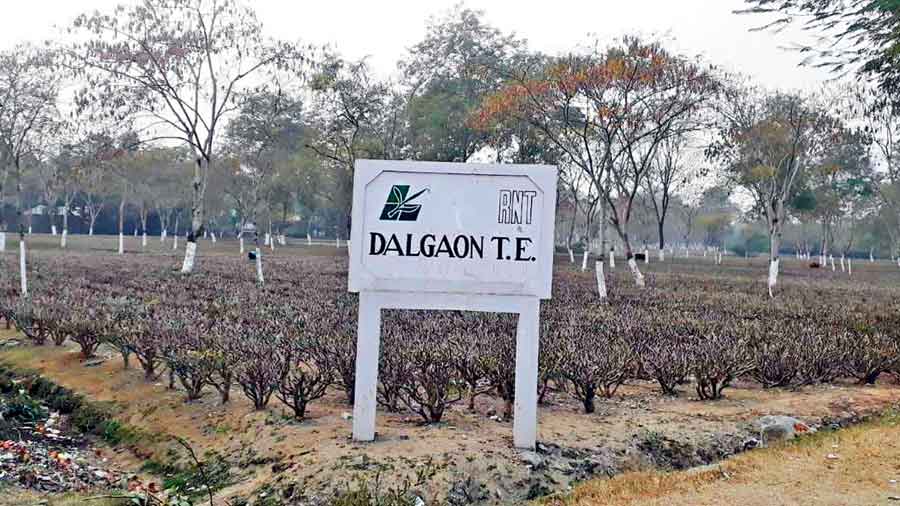The carnage at Bogtui village in Birbhum district, where eight persons were murdered on Monday, made residents of the Dooars tea belt recall a similar incident of 2003 at Dalgaon tea estate near Birpara of Alipurduar district.
Seen as one of the most horrific massacres in north Bengal, 19 persons were killed and burnt at the home of a Left-backed trade union leader on November 6, 2003.
A group of workers of the garden attacked the house of Citu leader Tarakeswar Lohar who was holding a meeting. The workers, furious with Lohar and his henchmen for their highhandedness, resorted to the attack when they learnt the trade union leader wanted to induct three “outsiders” in clerical posts of the garden, instead of local educated youths.
They barged into the house with sharp weapons and indiscriminately attacked those sitting inside. Lohar and a few others managed to escape but 19 people, including two women, died. The house was torched and what remained were charred remains of the bodies.
“The thought of it still sends a chill down our spine,” recalled Parameswar Mahali, a former worker of the garden. “We rushed to see the house in flames. There were bloodstains everywhere and charred bodies on the ground.”
Lohar did manage to escape from the spot and later died a natural death .
In due course, it was found that the attack was retaliatory, similar to the Bogtui incident. But here, unlike in Bogtui, where the massacre seems to be a sequel of Trinamul leader Bhadu Sheikh’s murder on Monday, Dalgaon residents were fed up with Lohar and his aides.
However, Debaprasad Roy, a veteran Congressman from Jalpaiguri, pointed out that while the government in Bengal had changed from the Left to Trinamul, the culture of violence had not.
“There is information that the incident in Bogtui happened because of a dispute between the two groups of Trinamul workers who were into illegal sand mining and some other activities and wanted to gain control over the area,” said Roy.










